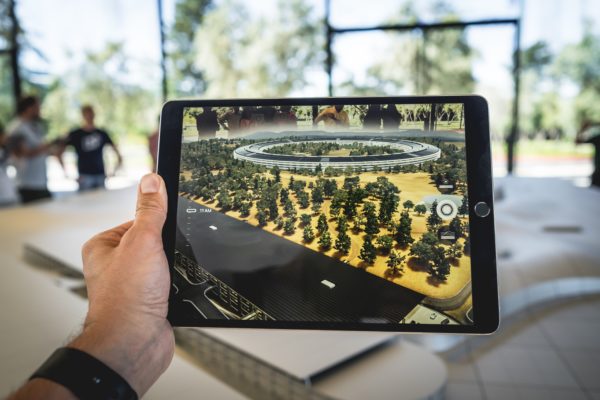Neil Archbold Travel Award recipient Emily Kerr is collaborating with Harvard experts for the final part of her PhD.
It might sound daunting, but the sophisticated analytical technique known as Electrogenerated Chemiluminescence (ECL) is offering hope of a low cost, fast and simple method of diagnosing many health conditions from a tiny blood or saliva sample.
Based within Deakin’s Centre for Chemistry and Biotechnology, PhD researcher Emily Kerr hopes to play a key role in developing a device to achieve this.
Her progress so far is extremely promising. Ms Kerr recently received one of two Deakin University 2016 Neil Archbold Travel Awards and Medals for authoring one of the two best peer-reviewed journal articles by a Deakin research degree candidate in sciences and humanities/social sciences.
She is using the award to support her work as a visiting scholar at Harvard University, where she is spending the final year of her PhD, working with one of the world’s leading chemistry researchers, Professor George Whitesides.
Ms Kerr explained that chemists have discovered that ECL can be used to detect various biomarkers of disease by identifying molecules with chemical labels that emit a specific colour of light when triggered by an electrical stimulus. The colour and intensity of the emitted light indicate which biomarkers are present and in what amount.
“This allows highly sensitive diagnosis of a range of medical conditions with very low concentrations of samples,” she said.
Her Deakin supervisors, Professor Paul Francis and Dr Egan Doeven, are delighted at Ms Kerr’s success.
“Emily is facilitating collaboration between Harvard and Deakin. There is strong synergy between our research teams and we are well on the way to improving access to healthcare and patient outcomes, particularly in developing countries,” Professor Francis said.
An Endeavour Scholarship from the Australian Government has provided funding for the majority of Ms Kerr’s 12-month stay at Harvard, where her experiments will build on proof-of-concept studies she conducted at Deakin focussing on developing a low-cost detection platform.
“The visit has provided me with an incredible opportunity to work with George Whitesides, who is one of the most influential chemists of all time,” she said.
[testimonial_text]By combining the existing knowledge within the Whitesides’ research group of low cost materials and detection systems with the world leading analytical techniques I learned at Deakin, mainly ECL, we hope to develop a range of new low-cost diagnostics, to diagnose a variety of conditions at the point of care.[/testimonial_text]
[testimonial_picture name=”Emily Kerr” details=”Centre for Chemistry and Biotechnology”]
 [/testimonial_picture]
[/testimonial_picture]Ms Kerr has been offered a position as a post-doctoral research fellow in the Whitesides’ research group upon completion of her PhD. She expects to stay at Harvard for at least another 12 months after her PhD, to make the most of the opportunity.
“This award highlights the important advances being made at Deakin University by all of Professor Francis’s research group in the field of ECL,” she said.
“I feel really privileged to have been involved in such a successful, long-standing collaboration, and this award reinforces the achievement of the whole research team.
“The diversity within the field of ECL is what I find so exciting to study. It ties together fundamental aspects of optical spectroscopy and electrochemistry, while offering potentially game-changing real-world applications.
“In the first two years of my PhD, and before that in my Honours research project, I formed a solid understanding of the fundamentals of ECL. Now, my goal at the Whitesides’ research group is to learn about and develop a real-world diagnostic application for this technique.”
• Ms Kerr’s winning paper, “Annihilation Electrogenerated Chemiluminescence of Mixed Metal Chelates in Solution: Modulating Emission Colour by Manipulating the Energetics,” was published in “Chemical Science.”



